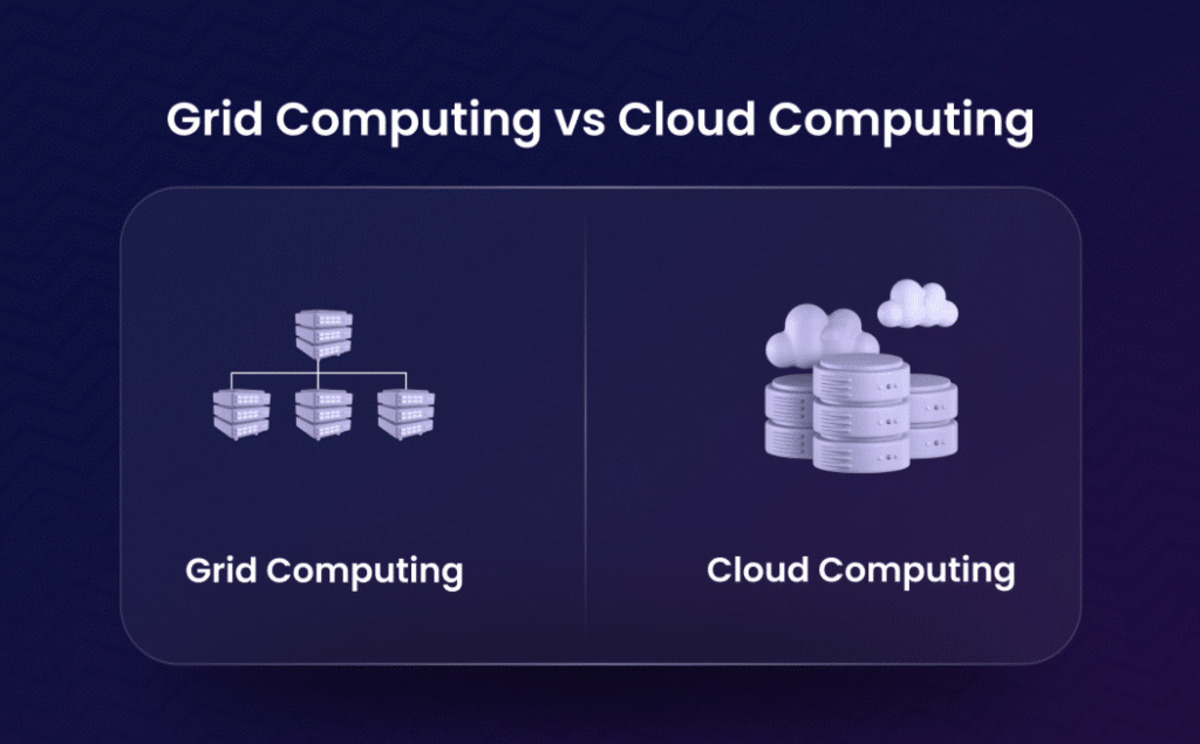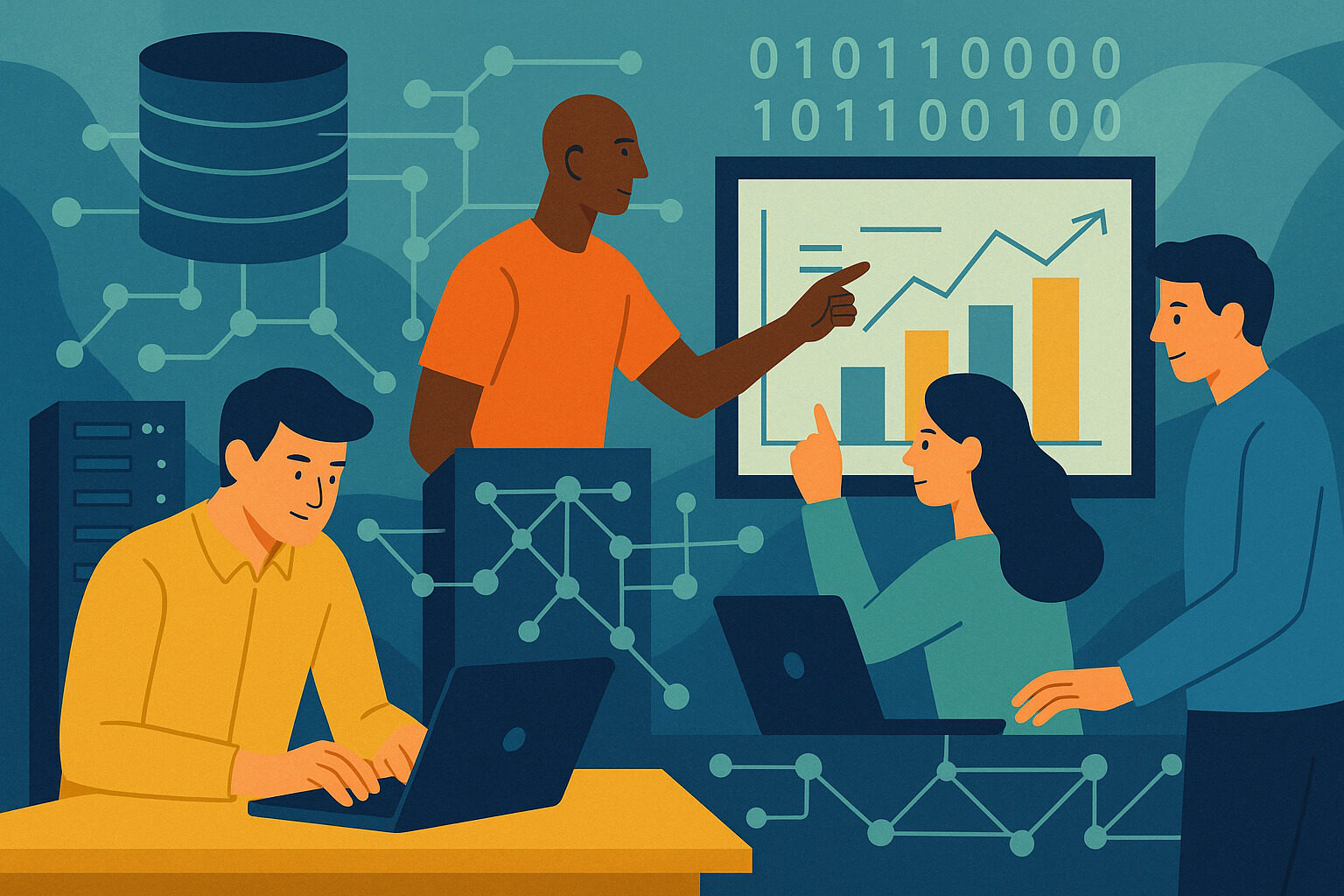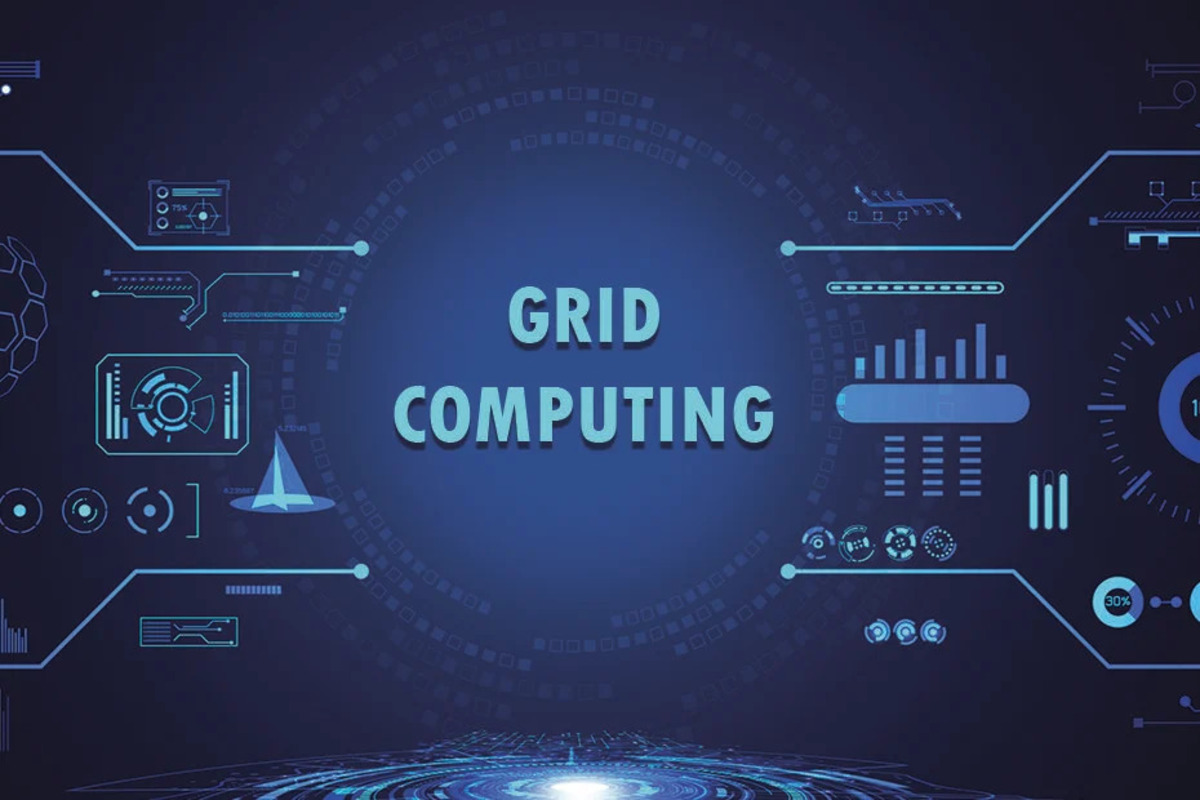Understanding the Differences Between Grid and Cloud Computing
Computing technology has transformed the way businesses and organizations process and store data. Two widely used models—grid computing and cloud computing—have played a significant role in distributed computing, but they serve different purposes. While both involve resource sharing, their architecture, use cases, and scalability differ significantly. Understanding these differences can help businesses, researchers, and developers make informed decisions when selecting a computing model.
Grid computing operates by linking multiple computers across various locations to work on large computational problems. This model is often used for scientific research, simulations, and large-scale data processing. In contrast, cloud computing offers on-demand access to computing resources over the internet, making it a flexible and scalable solution for businesses, applications, and storage services.
The growing demand for efficient data processing makes it important to evaluate these two models based on functionality, infrastructure, performance, and security. This article explores their differences in-depth, outlining their strengths, weaknesses, and ideal use cases.
What is Grid Computing?
Grid computing connects multiple independent computers, pooling their resources to solve complex tasks. This network of computers works together as a single system, enabling large-scale computations without relying on a central server.
One of the most notable examples of grid computing is scientific research projects such as protein folding simulations and climate modeling. Researchers across different locations contribute computing power to process vast amounts of data simultaneously. Instead of depending on a single high-performance machine, grid computing distributes workloads efficiently among multiple computers.
This approach is particularly useful for tasks that require extensive computation, such as financial modeling, cryptography, and space exploration. However, managing a grid computing system requires specialized coordination to ensure all participating systems function efficiently.
What is Cloud Computing?
Cloud computing provides on-demand computing resources, such as servers, storage, databases, and networking, over the internet. Instead of relying on local servers or personal computers, businesses and individuals can access scalable resources hosted by cloud providers.
Popular cloud computing services, such as Amazon Web Services (AWS), Microsoft Azure, and Google Cloud, allow users to run applications, store data, and process workloads without investing in costly infrastructure. Cloud computing is designed to support various services, including web hosting, artificial intelligence applications, and remote data storage.
The flexibility of cloud computing enables businesses to scale resources based on demand. Whether managing a small website or running enterprise-level applications, cloud services adjust dynamically, reducing operational costs and improving efficiency.
Architecture and Infrastructure Differences
The key distinction between grid computing and cloud computing lies in their architecture and resource management.
Grid computing functions as a decentralized system where multiple independent machines contribute processing power to execute a shared task. The grid does not rely on a centralized infrastructure; instead, it integrates resources from geographically distributed nodes. Each participating computer retains its autonomy while contributing to the grid.
Cloud computing, on the other hand, relies on centralized data centers operated by service providers. These data centers host virtual machines, storage solutions, and networking resources, allowing users to access and manage computing power remotely. Cloud architecture is designed to provide high availability, redundancy, and fault tolerance.
While grid computing excels at handling large-scale computational problems, cloud computing is more focused on providing accessible and scalable resources for various applications.
Scalability and Resource Allocation
Both computing models are scalable, but they achieve scalability in different ways.
Grid computing scales by adding more independent machines to the network. The more devices connected, the greater the computational power available. However, scalability in grid computing is limited by the need for coordination and resource allocation across different machines. The complexity of managing multiple nodes can increase as more systems join the grid.
Cloud computing scales dynamically, allowing users to allocate additional resources on demand. Cloud providers offer autoscaling features, ensuring that applications receive the necessary computing power without manual intervention. Businesses can increase or decrease cloud resources based on real-time usage, making it a highly flexible solution.
For companies that require seamless scalability with minimal administrative overhead, cloud computing is the preferred choice. Grid computing, while scalable, requires specialized management to ensure efficient resource distribution.
Performance and Processing Power
The performance of grid computing depends on the combined power of all connected systems. Since grid computing aggregates resources from multiple machines, it is highly effective for tasks that require extensive processing, such as simulations and high-performance computing applications.
However, grid computing performance can be affected by network latency, communication overhead, and differences in computing power between connected systems. Managing these challenges requires effective load balancing and coordination.
Cloud computing provides consistent performance based on predefined service levels. Cloud providers optimize their data centers to deliver high-speed processing, ensuring reliable performance for business applications, websites, and software services. Cloud users also benefit from virtualized environments that provide uniform computing resources.
For real-time applications, cloud computing offers superior performance stability, while grid computing is better suited for specialized high-computation workloads.
Security Considerations
Security is a critical factor in both computing models, but they present different challenges.
Grid computing networks involve multiple independent computers, making them vulnerable to security risks such as data breaches, unauthorized access, and malware attacks. Since grid computing relies on shared resources, ensuring the integrity and confidentiality of data requires strong encryption and authentication protocols.
Cloud computing providers invest heavily in security measures, offering firewalls, encryption, and multi-factor authentication to protect data. However, cloud users must also implement best practices to secure their cloud environments, such as using access controls and monitoring suspicious activities.
Organizations dealing with sensitive information, such as financial institutions and healthcare providers, often require robust security solutions. While both computing models can be secured effectively, cloud computing benefits from dedicated security teams and enterprise-grade protections.
Cost and Maintenance Factors
The cost of computing resources varies between grid and cloud computing, depending on the operational model and maintenance requirements.
Grid computing is often used for large-scale research projects where participants contribute computing power without direct costs. However, setting up a grid computing network requires investment in hardware, software coordination, and network infrastructure. Maintenance involves managing multiple machines, ensuring compatibility, and troubleshooting performance issues.
Cloud computing follows a pay-as-you-go model, where users pay only for the resources they consume. This pricing structure makes it an attractive option for businesses looking to optimize costs. Since cloud providers handle infrastructure maintenance, users avoid expenses related to hardware procurement, data center management, and IT administration.
Organizations must evaluate their computing needs to determine whether grid computing or cloud computing provides the most cost-effective solution.
Choosing the Right Computing Model
The choice between grid computing and cloud computing depends on the specific needs of an organization.
For scientific research, data-intensive simulations, and distributed computing tasks, grid computing is an ideal choice. It harnesses the power of multiple machines to perform large-scale computations efficiently.
Cloud computing is best suited for businesses that require scalable, on-demand resources for web applications, data storage, and enterprise solutions. The ability to scale resources dynamically and reduce operational costs makes cloud computing the preferred option for most commercial applications.
Understanding these differences allows businesses and researchers to implement the right computing strategy based on performance, security, scalability, and cost considerations.
Making the Right Choice Between Grid and Cloud Computing
Grid computing and cloud computing serve distinct purposes, each offering unique advantages. Grid computing is a powerful solution for research and complex problem-solving, while cloud computing delivers scalable and accessible services for businesses and developers. Understanding their differences helps organizations choose the best model for their needs.
As technology continues to evolve, both models will play an essential role in shaping the future of computing. Whether optimizing large-scale computations or delivering flexible infrastructure, selecting the right approach depends on specific requirements and long-term goals. The demand for high-performance computing and real-time data processing will continue to drive innovation in both fields.
Hybrid solutions that combine elements of both grid and cloud computing are also gaining popularity. Organizations are exploring ways to leverage the distributed power of grids while utilizing the flexibility and scalability of the cloud. As these technologies progress, businesses and researchers can expect more efficient and cost-effective computing solutions tailored to their unique challenges.



